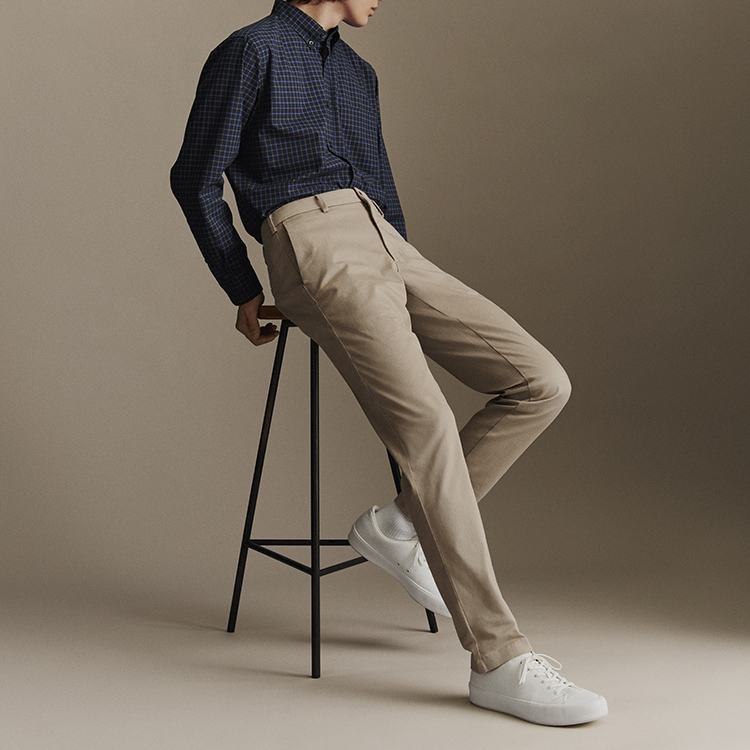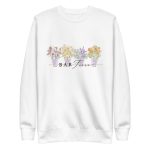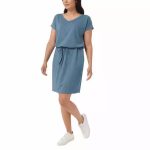A Brief History of Chino Pants
Military Origins and Global Influence
Chino pants, with their signature slanted front pockets and durable cotton twill fabric, have a rich history that extends far beyond the realm of casual fashion. Originating in the mid-19th century as a military uniform staple, chinos were initially favored for their practicality and comfort in hot climates. British soldiers stationed in India adopted a light-weight, dust-colored cotton twill fabric for their uniforms, which they called “khaki” – a Hindi word meaning “dust.” This marked the beginning of the chino’s journey to becoming a global fashion icon.
Post-War Popularity and Evolution of Style
After World War II, returning American soldiers continued wearing their khaki trousers as part of their civilian wardrobe, solidifying the chino’s place as a staple in menswear. Initially embraced for their comfort and relaxed aesthetic, chinos quickly transcended their military origins, becoming a symbol of youthful rebellion and casual cool. From James Dean’s iconic portrayal of teenage angst in “Rebel Without a Cause” to Steve McQueen’s effortless elegance, chinos graced the silver screen and influenced a generation.
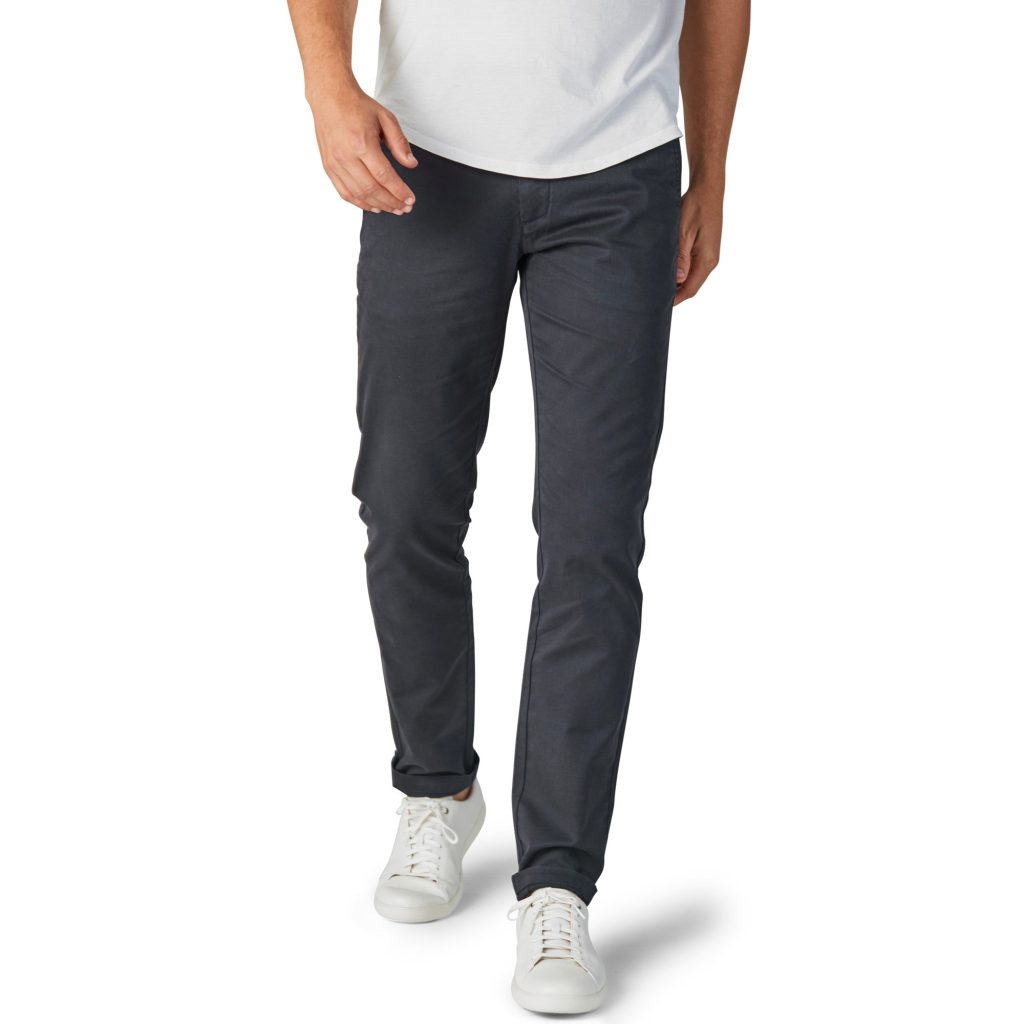
Defining Features of Chino Pants
The Fabric: Durable and Comfortable
Chinos are traditionally made from a durable cotton twill fabric. Twill weave, characterized by its diagonal parallel ribs, gives the fabric a distinct texture and makes it more resistant to wrinkles compared to plain weave fabrics. This inherent durability, combined with cotton’s breathability and comfort, makes chinos ideal for everyday wear.
The Fit: Versatile and Flattering
Chino pants are known for their versatile fit. They typically sit at the natural waistline and taper slightly from the thigh to the ankle, creating a flattering silhouette that complements a range of body types. However, modern interpretations of the chino come in various fits, from slim and tailored to relaxed and wide-leg, offering options for different styles and preferences.
The Color Palette: Beyond Khaki
While the classic chino is often associated with its signature khaki hue, the modern chino comes in a wide array of colors. From earthy tones like olive green and navy blue to brighter shades like burgundy and teal, there’s a chino color for every occasion and personal style.
Styling Chino Pants: From Casual to Dressed-Up
Casual Chic: Effortless Everyday Looks
Chinos are celebrated for their versatility, seamlessly transitioning from casual to dressed-up with ease. For a classic casual look that exudes effortless style, consider pairing your chinos with a simple t-shirt in a complementary color. A lightly washed denim jacket adds a touch of cool-weather practicality while enhancing the laid-back vibe. Complete the outfit with a comfortable pair of canvas sneakers for a look that’s perfect for weekend errands, casual outings, or simply relaxing at home. Don’t be afraid to experiment with different washes and colors in both your chinos and t-shirt to discover a combination that best reflects your personal style. For a touch of personality, consider a graphic tee or a t-shirt with interesting texture or detailing.
Smart Casual: Elevating Your Everyday Style
Effortlessly bridging the gap between casual comfort and polished formality, chinos are the quintessential choice for achieving a smart casual aesthetic. Opt for a pair of chinos in a darker, more refined shade such as navy, charcoal grey, or deep olive. These hues lend an air of sophistication to the outfit. Pair your chosen chinos with a crisp button-down shirt in a solid color or a subtle pattern. A light blue or white Oxford shirt always provides a classic and polished look. To further elevate the ensemble, incorporate a leather belt that complements your shoes. Consider adding a touch of visual interest with a belt featuring a subtle texture or an understated buckle design. Finally, complete the look with a pair of leather loafers, brogues, or classic sneakers for a final touch of smart casual perfection.
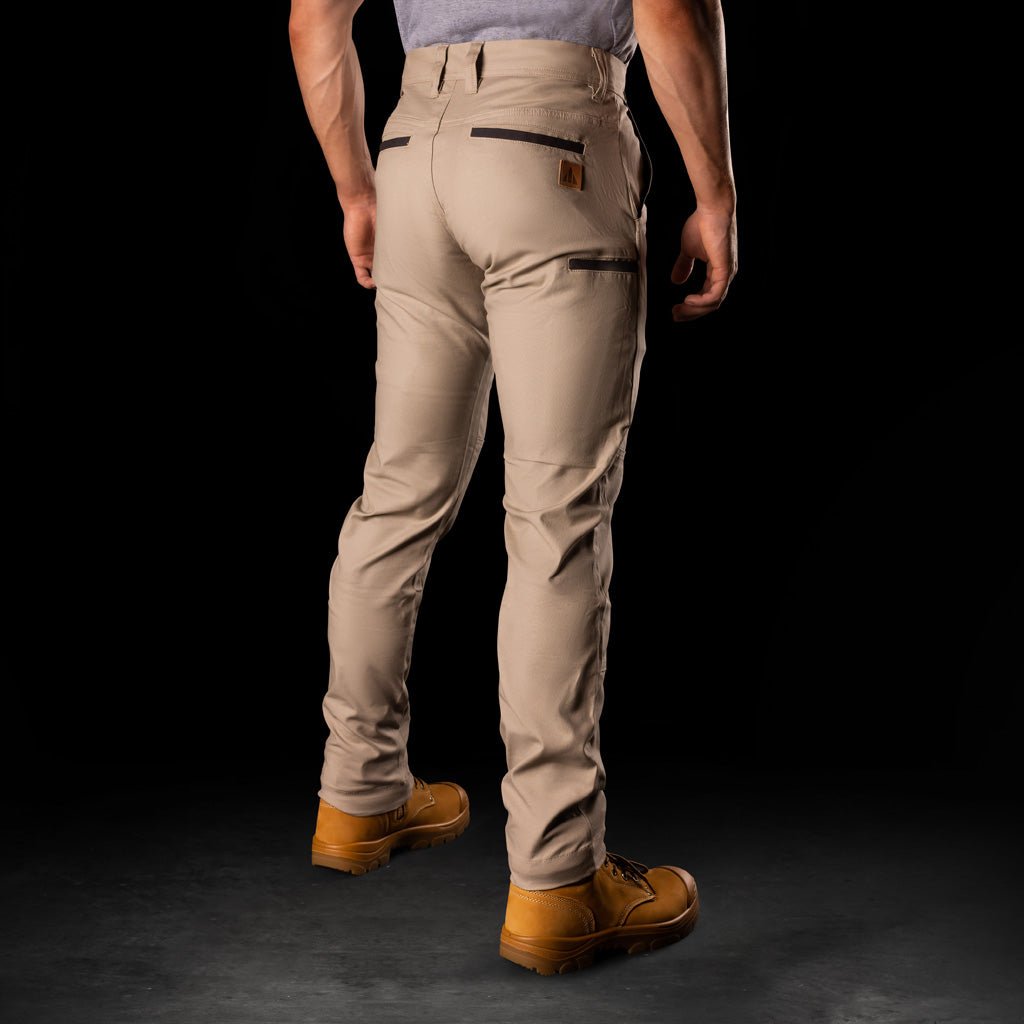
Dressy Occasions: Chinos for Formal Events
While chinos might not be the first choice for formal events, they can be styled for dressier occasions with the right approach. Choose a pair of chinos in a high-quality fabric with a tailored fit. A crisp white or light blue dress shirt, tucked in and paired with a blazer, instantly elevates the look. Complete the ensemble with leather dress shoes, a pocket square, and a tie for a polished and sophisticated appearance.
Washing and Drying Tips
Proper care ensures the longevity of your chinos. Always check the care label before washing. In general, chinos can be machine-washed in cold water with similar colors. Avoid using harsh detergents or bleach. Tumble dry on low heat or hang to dry to prevent shrinkage and maintain the fabric’s integrity.
Caring for Your Chino Pants
Caring for Your Chino Pants: Preserving their Versatility
Chinos are a worthwhile investment for any wardrobe, offering both style and durability. However, proper care is essential for maintaining their appearance and extending their lifespan. By following a few simple guidelines, you can keep your chinos looking their best for years to come.
Washing and Drying: Maintaining Color and Fabric Integrity
Always check the care label on your chinos before washing, as fabric composition can vary. Generally, chinos can be machine-washed in cold water with similar colors. To preserve their color and prevent fading, turn your chinos inside out before washing. Additionally, using a mild detergent specifically designed for delicate fabrics can help maintain the fabric’s integrity. While it may be tempting to throw your chinos in the dryer for convenience, air drying is always the gentler and recommended method. Hang them on a clothesline or lay them flat on a drying rack to prevent shrinkage and minimize wrinkles. If you must use a dryer, opt for a low heat setting and remove the chinos while they are still slightly damp to minimize wrinkles.
Ironing and Storage: A Polished Look, Effortlessly Maintained
While chinos are appreciated for their relatively wrinkle-resistant nature, they may require occasional ironing to maintain a crisp, polished appearance, especially after being stored. Before ironing, ensure your iron is set to a low heat setting appropriate for cotton or cotton-blend fabrics. To prevent shine marks or potential damage to the fabric, turn your chinos inside out before ironing. Alternatively, you can place a thin cloth. Such as a handkerchief or a pressing cloth, between the iron and the fabric for added protection. Once ironed, store your chinos properly to prevent unnecessary wrinkles and maintain their shape. Folding them neatly along the existing creases and storing them in a drawer is a great option. Alternatively, hanging them on a pant hanger with clips can also help prevent crease marks and preserve their form.
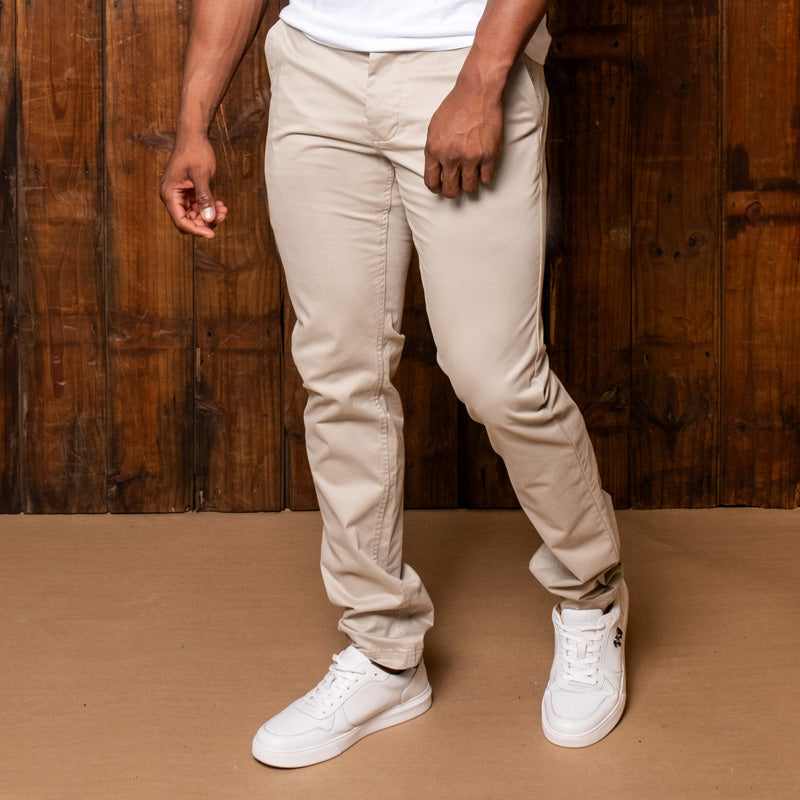
Conclusion: A Timeless Wardrobe Essential
Chino pants have undoubtedly earned their place as a timeless wardrobe staple, transcending trends and remaining a constant in the ever-changing world of men’s fashion. Their versatility is truly remarkable, effortlessly bridging the gap between casual and dressy settings. Whether paired with a simple t-shirt and sneakers for a relaxed weekend look or dressed up with a button-down shirt and blazer for a more polished ensemble, chinos always rise to the occasion. Furthermore, their comfort and durability make them ideal for all-day wear, ensuring you look and feel your best from morning to night.
From their humble origins as a utilitarian garment for military personnel to their current status as a fashion-forward choice for discerning men, chinos have certainly come a long way. Yet, despite their evolution, they have remained true to their core values: practicality, durability, and enduring style. These qualities ensure that chinos will continue to be a mainstay in men’s wardrobes for generations to come.
